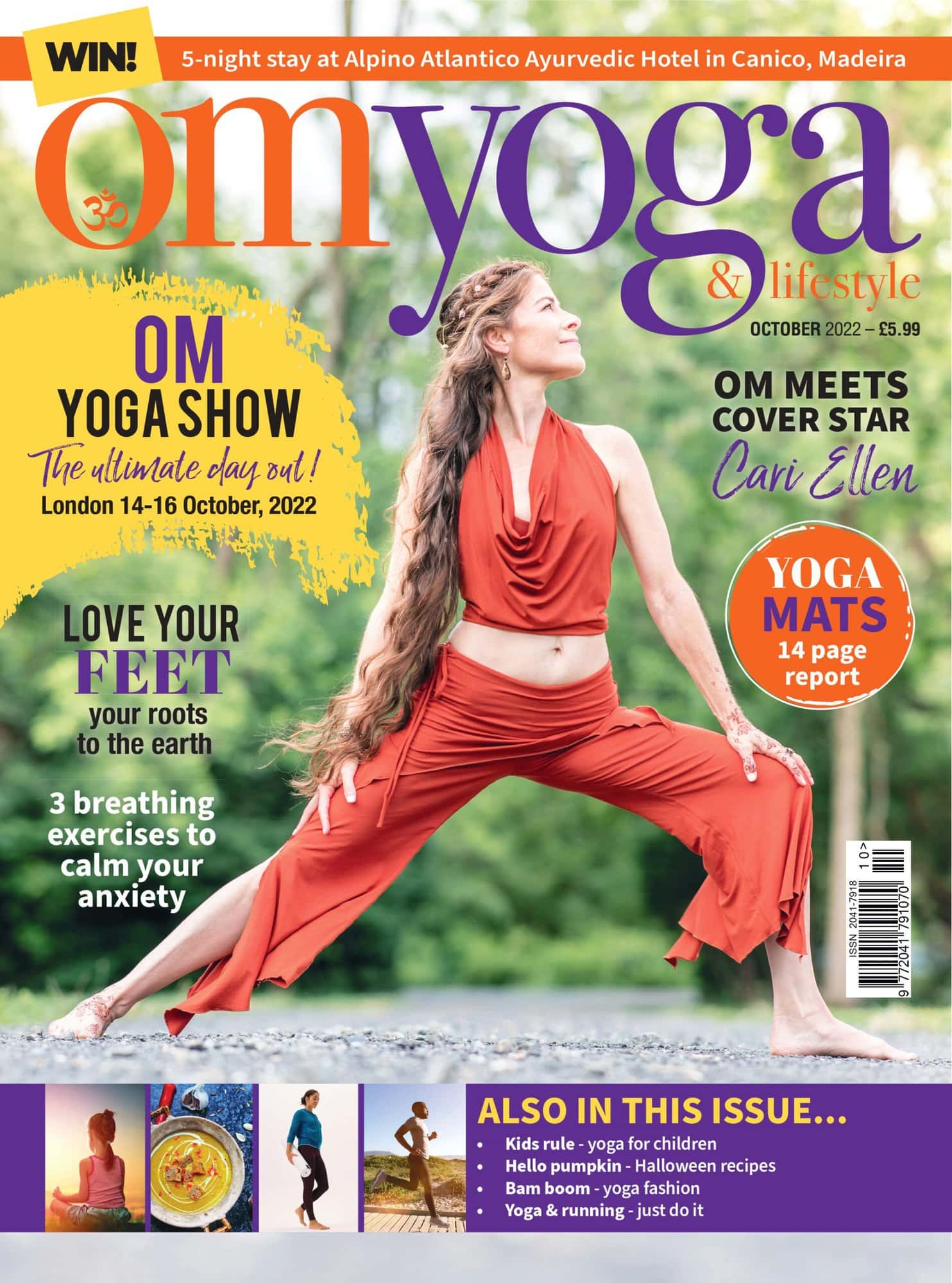
Finding your teacher’s voice
Simple tips and strategies to help you find your authentic teaching voice. By Gopala Amir Yaffa
Your teaching voice is the tool you use when you teach. It can make the class amazing or challenging, depending on how you use it. In yoga culture, we hear a lot about ‘finding your voice’ and ‘teaching from the heart’ — but what do those statements mean?
When you first start teaching, you might be more concerned with not mixing up your ‘lefts’ and ‘rights’ than with teaching your truth! There’s no need to have all the answers straight away, but long-term, the most important thing is to develop the confidence to teach as you.

Yoga-speak
By yoga-speak, I mean the speech patterns, habits, and clichés that we tend to fall into when trying to sound how we think a yoga teacher should sound. The trouble with yoga-speak is it creates a barrier between teachers and students, often making us come across as perfectly polished, sing-songy yoga-robots instead of real people. It also prevents us from teaching as ourselves, the unique, interesting, adept, yet (charmingly) flawed teachers that we are.
Here are a few tips for quelling yoga-speak that can be especially useful:
Avoid (or at least explain) yoga jargon e.g. “Engage your root lock”; “Hug the midline”; “Take a vinyasa.” All of these are excellent cues, but they are meaningless if your students have no idea what you are talking about. Before you revert to jargon, explain the concept, action, or pose in a simple way. For example:
“In Sanskrit, this pose is called adho mukha svanasana”; or “Press your femurs — those are your thigh bones — toward the wall behind you.”
This puts everyone on the same page and no one feels left out or confused because they are not hip to the yoga lingo.
Offer specific feedback
Complimenting your students is a great idea, but the phrase “Good job” loses all meaning if you use it haphazardly with no context. Tell your students why they are doing a good job, for example: “Beautiful length in your spine, Sue”; “Great job keeping your thighs lifted, Steve.” Not only does it feel more genuine, but it may actually enhance their alignment. If you are holding cobra pose, for example, and the teacher commends the broadness of your collarbones and the lift in your sternum, you are probably going to see if you can find just a little bit more openness and lift.
The same goes for affirmations directed toward your entire class. It is the difference between “Nice work” and “You guys are all really strong and steady in your tree poses today.” While the former can come across as filler words to break the silence, the latter is relevant feedback that tells your students that you are present with them, that you are paying attention, and that you notice their efforts and progress.
Keep it real
Teach as though you were teaching a group of your closest friends or family members. You don’t have to perform. You don’t have to play a role. You don’t have to sound ethereal. Just speak in your regular voice and tell them how to do the pose. And from there, let your personality shine through!
If you’re a poetic person, embrace your inner Rumi. But if you tend to be more straightforward and literal, you don’t have to force the flowery language. Your individual style is not going to appeal to every student — no teachers will — but it will attract the students who want to learn what you have to teach.
You might also consider using metaphors and imagery revolving around things you love, whether it’s gardening, drama, dance, circus, or Harry Potter. Because, really, aren’t we all at our most enthusiastic, animated self when we are talking about the things we are most into? Don’t believe me? Try asking a four-year-old about dinosaurs!
It’s not about being perfect
As teachers, it’s important to be mindful of our language choices, but it’s also easy to get so caught up in saying everything ‘right’ that we forget to be ourselves. Ultimately, it is not a huge deal if you said “um” 12 times, mixed up your ‘right’ and ‘left’, or forgot to call a pose by its Sanskrit name.
If you’re teaching from a place of authenticity, it is going to resonate with students. When we shift our aim from being ‘perfect’ to being ‘authentic’, teaching becomes a lot less stressful, a lot more fun, and way more sustainable.
Constantly trying to measure up is exhausting. It is awfully hard to find your voice if you feel like you have to be somebody you are not! Don’t be a yoga fraud. Don’t even try to be a yoga teacher; just be yourself.
Start on a positive note
An immediate way of establishing your authority as a teacher, and at the same time create a positive path of communication, is to welcome students at the classroom door. You can line your students up outside the classroom before a lesson begins, then greet each one as they enter the room and say something unique about each of them, making them feel special and acknowledged.
How to say it
Obviously, what you say is important. You need to make it age-appropriate, not talk too much or too little, and say things that have real meaning or are helpful. Then there is how you say it — the tone of your voice, the way you engage with students and make them a part of it all. Your authority is your softness and friendliness. Making it fun is one of our principles, but you still need to show that you are the boss (in a nice way!) and own the space. Of course, most of the communication is non-verbal: your body language, your facial expressions, eye contact, touch…so much to think about!
Yes, your teaching voice is important — it’s the vehicle for transmitting your knowledge, your passion, your message to the world. In short, all the things that made you excited about becoming a teacher in the first place. So, how is your teaching voice?
Even if you are now a teacher by profession, I'm sure you can remember the experience of listening to a teacher with a poor or weak voice or taking a class where the teacher had a very annoying voice. Perhaps they droned. Or maybe the voice was too loud or too soft and it was hard to hear them. They might have been a great teacher and an expert at their subject, but their voice didn't communicate in a way that inspired you to want to do or know more. Instead, you switched off.
If that happens when we’re adults, we politely daydream — focus our attention inwardly and wait for the talk or lesson to end. However, if it is children in the classroom, their response is likely to be less restrained!
Let your actions match your words
People hear much more than your words. They feel you. When what you say is inconsistent with how you say it, the truth is bound to unravel.
For example, suppose you are having a conversation and the other person says, in a monotone voice: “I’m so excited to have this opportunity to work with you.” Their facial expressions are lifeless; they never look you in the eye while they are fidgeting with a pen. Most likely you would question their credibility and knowledge, and not take action on what they have to say.
As for your teacher’s voice, it means that what you do with your body while you explain the lesson is as influential as the words themselves. If you want energised, focused, actively listening students then you need to mirror that in your actions. The trick is to show students while you are telling them that what you've got to share is exciting, relevant and important. Our body, tone of voice and words must all match.
Some people achieve congruence of body language, tone and words intuitively. They are the performers who know how to hold an audience's attention effortlessly. The rest of us need to learn to do this consciously.
Gopala Amir Yaffa is co-founder and wizard at Rainbow Yoga Training (rainbowyogatraining.com)




